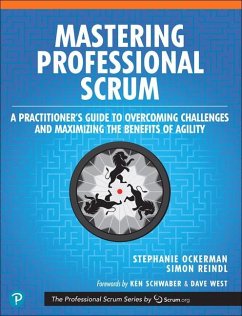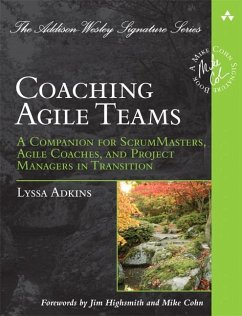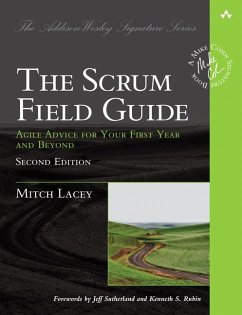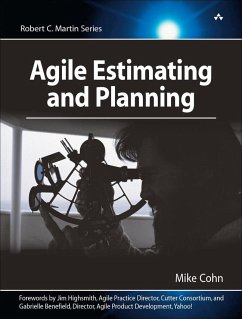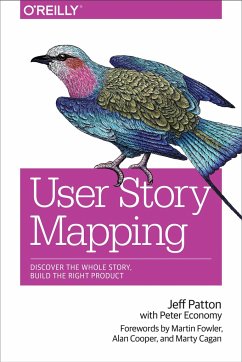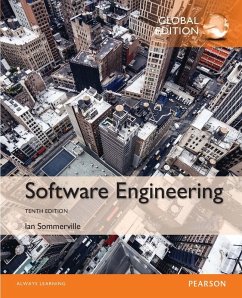Nicht lieferbar
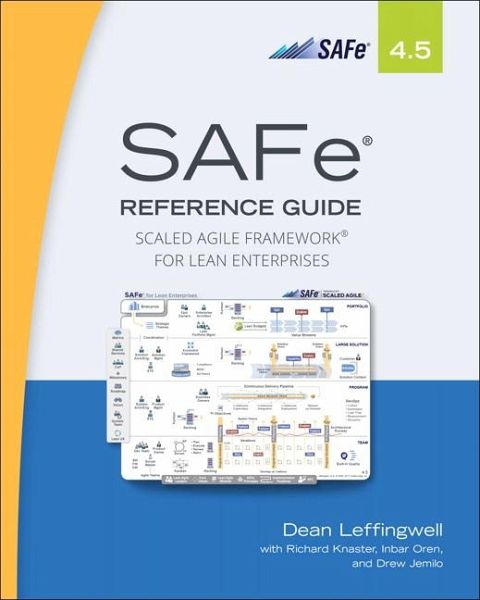
SAFeA 4.5 Reference Guide
Scaled Agile Framework for Lean Enterprises
The Must-have Reference Guide for SAFe® Professionals "There are a lot of methods of scale out there, but the Scaled Agile Framework is the one lighting up the world." -Steve Elliot, Founder/CEO AgileCraft "Since beginning our Lean-Agile journey with SAFe, Vantiv has focused its strategic efforts and its execution. We have improved the predictability of product delivery while maintaining high quality, and have become even more responsive to customers-resulting in higher customer satisfaction. And just as important, employee engagement went up over the past year." -Dave Kent, Enterprise Agi...
The Must-have Reference Guide for SAFe® Professionals "There are a lot of methods of scale out there, but the Scaled Agile Framework is the one lighting up the world." -Steve Elliot, Founder/CEO AgileCraft "Since beginning our Lean-Agile journey with SAFe, Vantiv has focused its strategic efforts and its execution. We have improved the predictability of product delivery while maintaining high quality, and have become even more responsive to customers-resulting in higher customer satisfaction. And just as important, employee engagement went up over the past year." -Dave Kent, Enterprise Agile Coach, Vantiv Fully updated to include the new innovations in SAFe 4.5, the SAFe® 4.5 Reference Guide is ideal for anyone serious about learning and implementing the world's leading framework for enterprise agility. Inside, you'll find complete coverage of the scaledagileframework.com knowledge base, the website that thousands of the world's largest brands turn to for building better software and systems. SAFe was developed from real-world field experience and provides proven success patterns for implementing Lean-Agile software and systems development at enterprise scale. This book provides comprehensive guidance for work at the enterprise Portfolio, Large Solution, Program, and Team levels, including the various roles, activities, and artifacts that constitute the Framework. Education & Training Key to Success The practice of SAFe is spreading rapidly throughout the world. The majority of Fortune 100 companies have certified SAFe professionals and consultants, as do an increasing percentage of the Global 2000. Case study results-visit scaledagileframework.com/case-studies-typically include: * 30 - 75% faster time-to-market * 25 - 75% increase in productivity * 20 - 50% improvements in quality * 10 - 50% increased employee engagement Successful implementations may vary in context but share a common attribute: a workforce well trained and educated in SAFe practices. This book-along with authorized training and certification-will help you understand how to maximize the value of your role within a SAFe organization. The result is greater alignment and visibility, improved performance throughout the enterprise, and ultimately better outcomes for the business.





